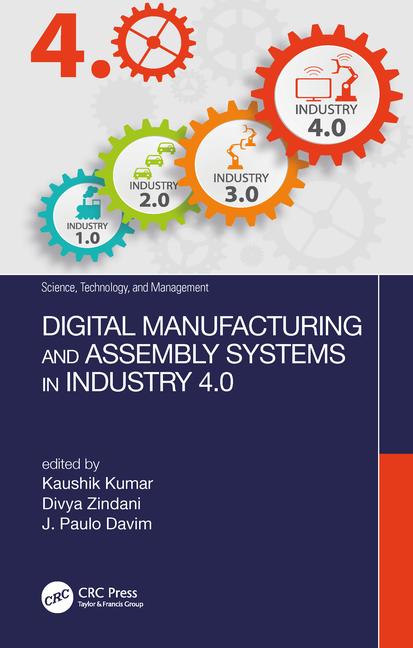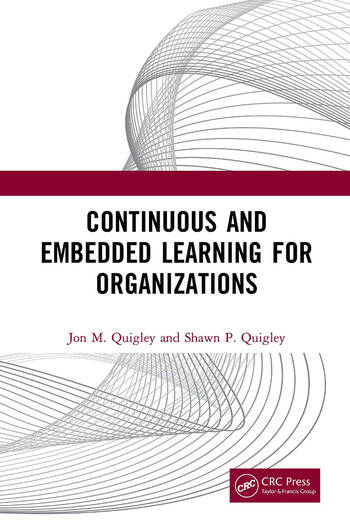Forward-thinking companies need to plan now for where they want to be when the current recession ends. Waiting until they see the bottom will leave them way behind.
The abysmal state of the economy here in the United States, and across the globe, is hardly news. Most of those peering into crystal balls predict that it won’t get any better until at least the second half of 2009, and maybe not even then. There are, however, good reasons for taking time to look ahead because a recession doesn’t halt innovation.
For example, Victor Godinez and Andrew D. Smith remind us that during the recession of 2001, Apple Inc. (Cupertino, CA) introduced the iPod, Microsoft Corp. (Redmond, WA) rolled out its original Xbox video game console, broadband penetration into U.S. households more than doubled from 2000, and Google Inc. (Mountain View, CA) was becoming an integral part of modern life. Writing inThe Dallas Morning News, they suggest that the pace of innovation isn’t likely to falter in this recession either.
John Donovan says, “In tough times, I think you shorten your horizons and raise your bars slightly to make sure you stay focused and coordinated.” But Donovan, chief technology officer at IT&T (Dallas), adds you can’t abandon the evolution that is a natural part of technology.
To be sure, transforming an innovation into a profitable product can be a formidable challenge. But there is no shortage of innovations waiting for manufacturers willing to accept the challenges. For example, IBM Corp. (Armonk, NY), which just posted a 12 percent increase in fourth-quarter profit, recently revealed five innovations it says will change our lives in the next 5 years. First on the list, IBM expects that energy-saving technology will be built into glass, asphalt and paint, allowing solar energy to be extracted by rooftops, windows and even sidewalks.
IBM also expects that genetic mapping will radically transform health care, voice interaction will replace keypads for interacting on the web, portable devices will store all the information you need in your daily life, and digital shopping assistance will be available to everyone. Some of these may sound frivolous now, but texting was frivolous “yesterday,” and the opportunities to profit from building the products are obvious.
Forward-thinking companies need to plan now for where they want to be when the recession ends; waiting until they see the bottom will leave them way behind. U.S. assembly plants will spend $2.88 billion on new equipment in 2009, according to our 13th annual capital equipment spending survey (ASSEMBLY magazine, December 2008), and a great deal of this capital spending will be for equipment to make new products. Even though the economy continued to deteriorate after those data were obtained in mid-2008, one can reasonably expect that many of those plans, even if delayed, will go forward.
Finally, whether or not it’s true that tough people outlast tough times, it is true that you can toughen up your career at The Assembly Summit next month! Presentations by innovators such as IBM and Xerox will add to your professional expertise. See pp 23-25 for details.
Editorial: Looking Ahead
Looking for a reprint of this article?
From high-res PDFs to custom plaques, order your copy today!




